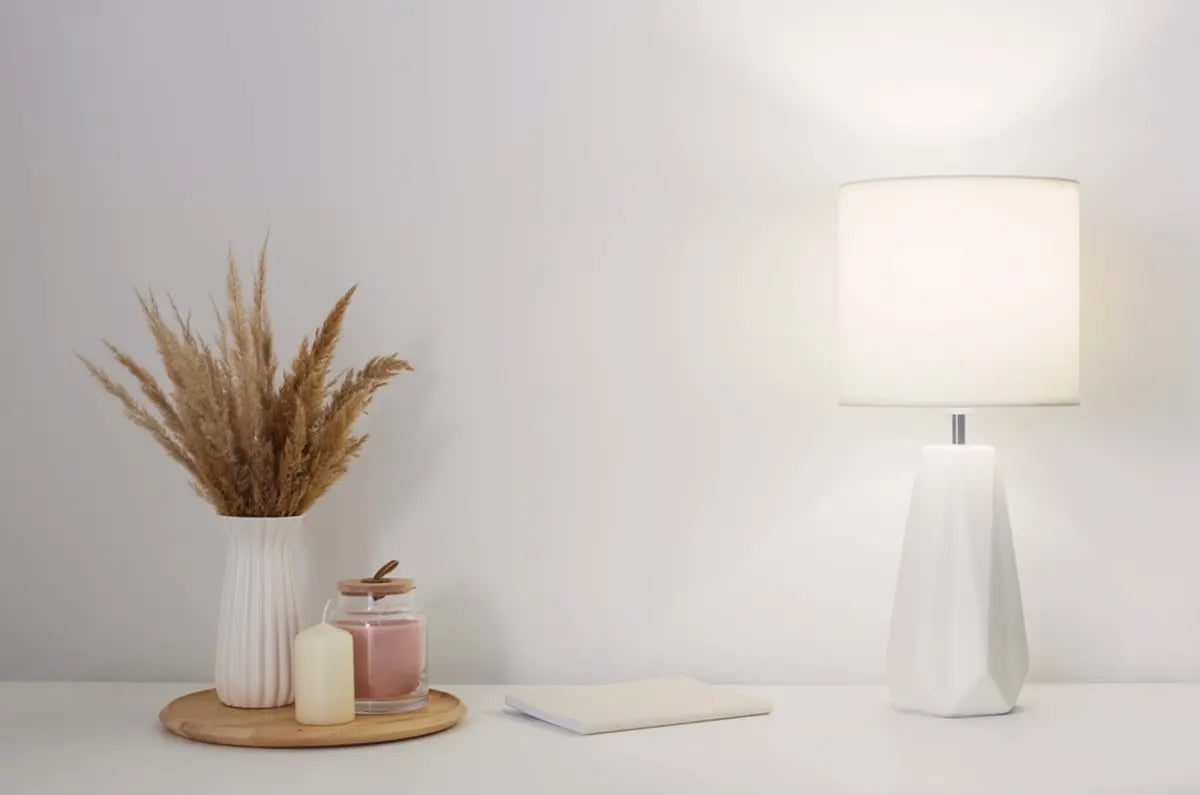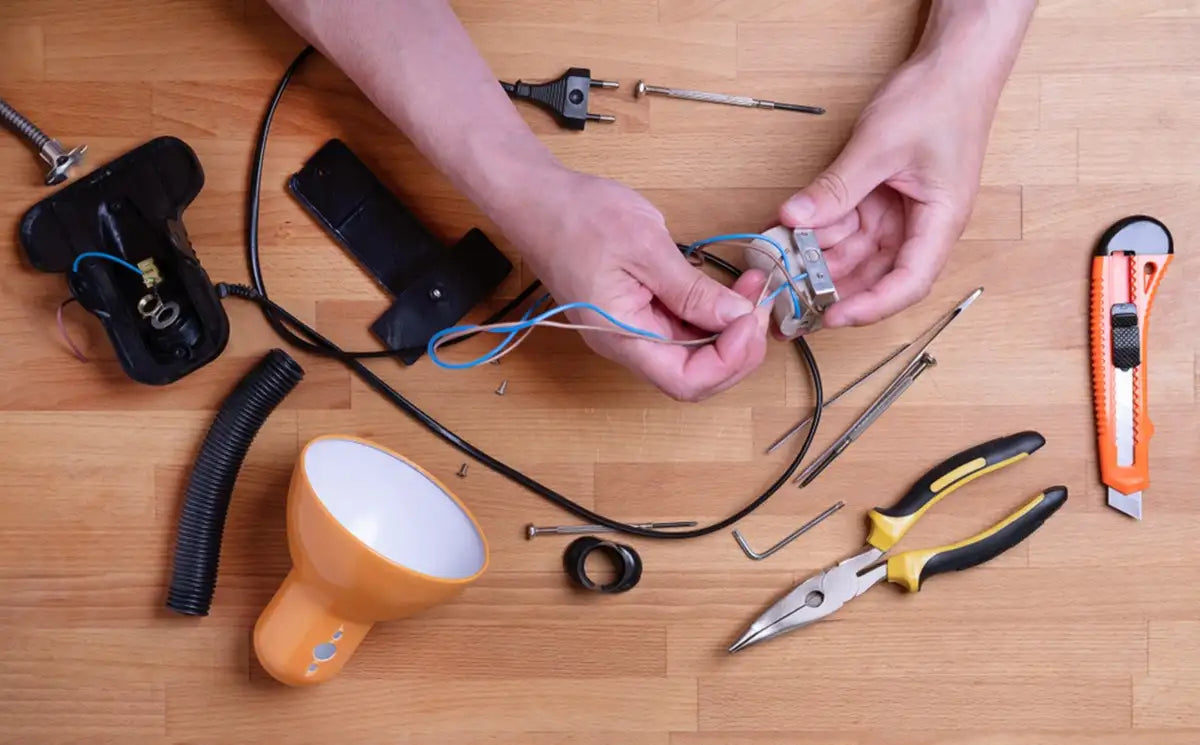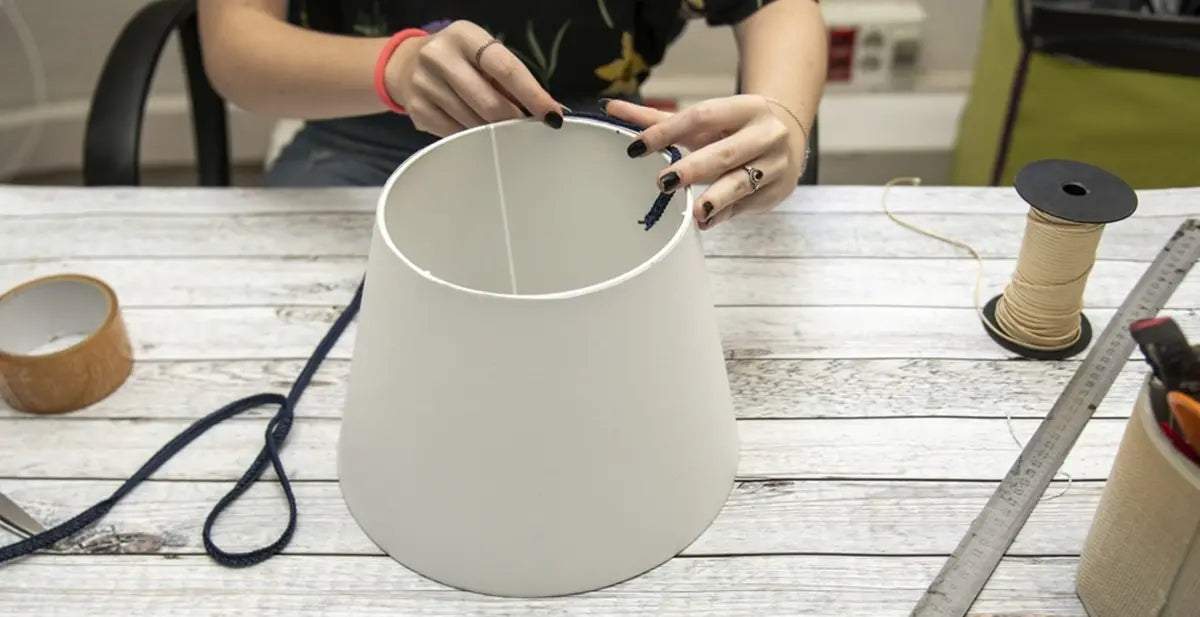Ever stood in the lighting aisle, wondering, "How many watts for a table lamp?"
This question isn't just about brightness—it's about ambiance, energy savings, and safety.
In this guide, you'll learn:
- Ideal wattage ranges for table lamps
- Balancing brightness and efficiency
- Crucial differences between watts and lumens
- Why LEDs are game-changers
Ready to become a lighting pro?
Let's illuminate this wattage puzzle together.
Understanding Wattage and Lumens for Table Lamps

Wattage measures the amount of power a light bulb consumes, while lumens measure the amount of light it produces.
When picking a table lamp, finding the right balance between wattage and lumens is key. This helps you achieve the best brightness while saving energy.
General Wattage Guidelines for Table Lamps
As a general rule, table lamps should have a maximum wattage of 100 watts.
However, most table lamps fall within the 40 to 100 watt range, depending on the size of the lamp and the desired brightness level.
Smaller lamps may use bulbs in the 40 to 60 watt range, while larger lamps may use bulbs in the 60 to 100 watt range.
Wattage Comparison: Incandescent vs. LED Bulbs
Incandescent bulbs and LED bulbs have very different wattage requirements.
For example, a 60 watt incandescent bulb produces about 800 lumens, while a 9 to 11 watt LED bulb produces the same amount of light.
LED bulbs are much more energy-efficient, lasting up to 25 times longer than incandescent bulbs and using 75% less energy.
Here's a quick equivalency chart:
- 40W incandescent = 6-9W LED
- 60W incandescent = 9-11W LED
- 75W incandescent = 11-15W LED
- 100W incandescent = 16-20W LED
Factors to Consider When Choosing Wattage for a Table Lamp

When choosing the wattage for your table lamp, consider the following factors:
-
Intended Use: If you plan to use the lamp for task lighting (e.g., reading), you'll want a higher wattage bulb (60-100 watts). For ambient lighting, a lower wattage bulb (40-60 watts) may be sufficient.
-
Room Size: Larger rooms require higher wattage bulbs to achieve the desired brightness level.
- Energy Efficiency: LED bulbs are the most energy-efficient option, followed by CFL and halogen bulbs. Incandescent bulbs are the least energy-efficient.
Calculating Lumens for Optimal Brightness
Lumens measure the amount of light a bulb produces, and they're a better indicator of brightness than wattage.
For table lamps, aim for 400 to 800 lumens to achieve optimal brightness.
This range works well for both ambient lighting and task lighting.
Choosing the Right Bulb Type for Your Table Lamp
When selecting a bulb for your table lamp, consider the following factors:
-
Incandescent: Inexpensive, but not energy-efficient, and have a shorter lifespan.
-
LED: Energy-efficient, long-lasting, and available in a wide range of color temperatures.
-
CFL: Energy-efficient, but can take time to reach full brightness and may not be dimmable.
- Halogen: Bright and energy-efficient, but can get hot and have a shorter lifespan than LED or CFL bulbs.
Safety Considerations When Choosing Wattage
It's important to never exceed the maximum wattage rating of your table lamp.
Using a bulb with a wattage that's too high can cause the lamp to overheat, which can lead to fire hazards or damage to the lamp itself.
Always check the manufacturer's recommendations and never use a bulb with a wattage higher than what's specified.
Examples of Ideal Wattage for Different Table Lamp Styles
-
Bedside Table Lamps: 40 to 60 watts (400 to 800 lumens) for ambient lighting, 60 to 100 watts (800 to 1600 lumens) for task lighting.
-
Living Room Table Lamps: 60 to 100 watts (800 to 1600 lumens) for ambient lighting and task lighting.
- Desk Table Lamps: 60 to 100 watts (800 to 1600 lumens) for task lighting.
Finding the Perfect Wattage Balance for Your Table Lamp
So, how many watts for a table lamp?
It depends on your specific needs and lamp type.
Generally, 60 watts (or its LED equivalent) is a safe bet.
Remember to prioritize energy efficiency and safety.
Don't be afraid to experiment with different wattages and bulb types.
The perfect balance is out there, waiting for you to find it.
FAQs
How many watts for a bedside lamp?
For bedside table lamps, aim for 40 to 60 watts (400 to 800 lumens) for ambient lighting, or 60 to 100 watts (800 to 1600 lumens) for task lighting.
What is a good wattage for a lamp?
A good wattage range for table lamps is 40 to 100 watts, depending on the size of the lamp and the desired brightness level.
Is 60W too much for a lamp?
A 60 watt bulb is not too much for most table lamps, as long as it doesn't exceed the maximum wattage rating specified by the manufacturer.
How many watts do you need for a reading lamp?
For a reading lamp, aim for 60 to 100 watts (800 to 1600 lumens) to provide sufficient task lighting.
Related Articles
How Many Watts is a Bedroom Floor Lamp? Find Ideal Wattage
How to Rewire a Table Lamp: 7 Quick and Easy Steps
How Tall Should a Table Lamp Be? Find Best Lighting Height
Where to Place Table Lamps in Living Room: An Ultimate Guide









Leave a comment
All comments are moderated before being published.
This site is protected by hCaptcha and the hCaptcha Privacy Policy and Terms of Service apply.